Florida 2
Similar to Medic, the Florida 2 update was the unofficial name given to this update. The official name given by Google was the 'March 2019 Core Update'. Similar to other core updates, Google was trying to improve SERP relevancy to a query by better matching intent.
We can't say for sure what they were changing in the algorithm to do this. The best recommendation if you saw a change in traffic from this update is to focus on improving your site for your users and read through the quality rater guidelines.
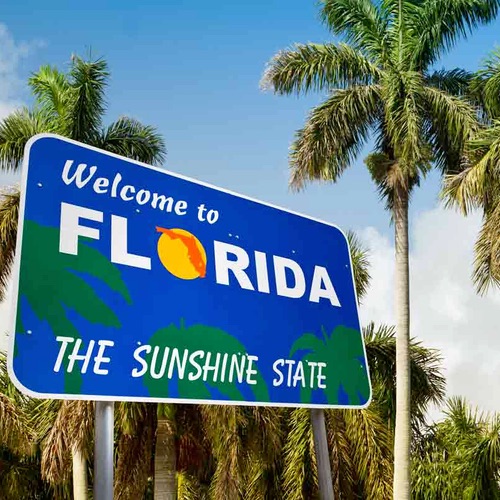
Freshness
The purpose of this algorithmic change was to (as the name suggests) surface fresher results in Google. It impacted search results for hot/trending news, regularly recurring events (such as presidential elections) and also results that would need updating frequently such as 'best smartphones'.
It had a larger impact than Panda, changing 35% of searches.

Medic
Despite the unofficial name, this update that occurred on the 1st week of August did not only impact medical sites. Similar to other core updates, Google was trying to improve SERP relevancy to a query by better matching intent.
How Google did this is widely speculated, but it is likely they did this by improving their understanding of content, tweaks to the link graph, or some new UX signal.
If you were impacted, read through the quality-rater guidelines and take a holistic view to improving your site.

Mobile Friendly Update
This algorithm simply boosted the number of pages in mobile search results that were mobile-friendly.
It rolled out globally and applies to sites on a page-by-page basis.
You can test to see if a page on your site isn't mobile-friendly with this tool from Google.
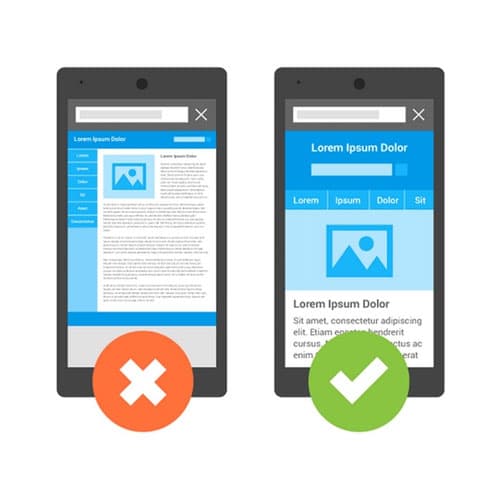
Page Speed
Similar to the Page Layout update, the Page Speed update was another user experience based algorithm update.
After this update, Google began taking into account how quickly a page loads when deciding where it should rank.
The Page Speed algorithm is seen to be quite a small ranking factor that you only really seem to see an adverse effect from when your site is considerably slow.
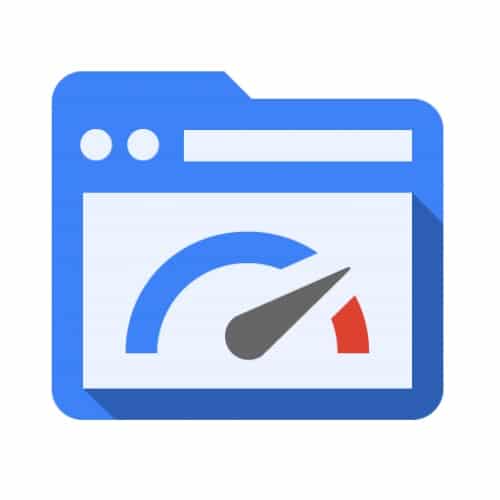
Page Layout
The Page Layout update was created in an effort to return more high-quality pages in search results based upon user experience testing by Google.
This algorithmic change meant Google started to take into consideration the layout of a page when determining where it should rank.
It targeted sites that either had very little content above-the-fold, or content that is being pushed down the page due to lots of ads high up on the page.
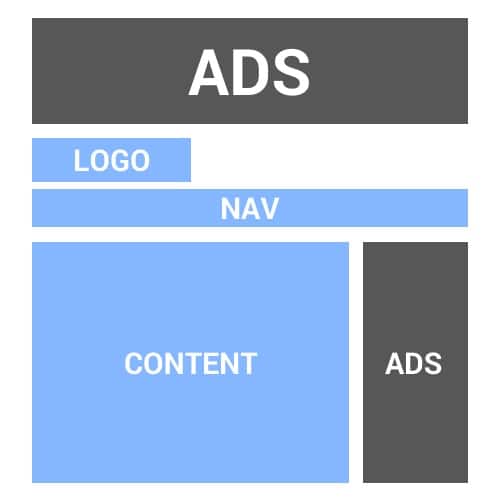
Payday Loan
Similar to Penguin, this is a link based spam penalty for some unique link schemes (some of which are illegal).
In particular, it targets schemes found for spammy queries such as payday loans and other heavily spammed queries.

Pigeon
Google has informed us that the Pigeon update was created to make local search results mimic more traditional search ranking signals.
After the update, hyper-localisation of SERPs occurred where the radius of local searches was reduced to provide more localised results.
This update affected both Google Maps and the standard Google web search.
When first released this algorithm change only impacted the US, it was later rolled out in December 2014 to also include the UK, Canada and Australia.

PageRank
The PageRank algorithm is arguably the most well-known Google algorithm there is. Back when Google first started up, it was the algorithm that propelled it ahead of its competition.
While PageRank has evolved since it was first created, the basis of the algorithm is that the importance of a page is calculated depending on the number and quality of pages linking to it.
This algorithm is named after one of the founders of Google, Larry Page.
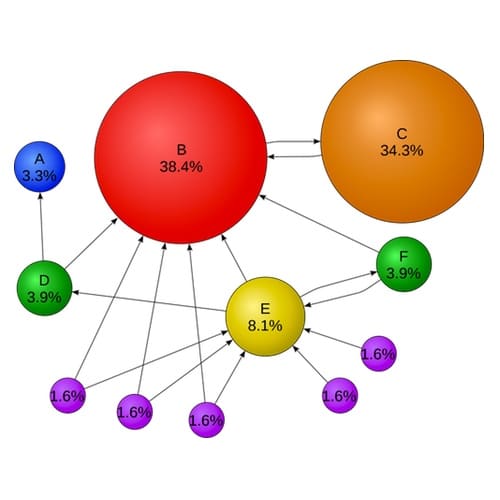
RankBrain
Rankbrain was a highly publicised Google algorithm that is currently the third most important ranking factor.
It is a machine learning algorithm that helps process complex long-tail queries.
With Rankbrain Google also improved their ability to process negatives within queries.

Hummingbird
This update was a large rewrite of the Google search engine. The best way to explain Hummingbird is by thinking of it as the main algorithm, whilst all others are add-ons that improve search results further.
With this update, came support for “Conversational search”. It has been reported after this update Google can now semantically understand relationships between words and entities much better.

Panda
The Panda algorithm was created to penalise sites that Google deemed low-quality and not beneficial to users.
Google released a list of characteristics to take into account to ensure you have a high-quality site here.
To avoid being hit by this penalty, ensure that you are doing all you can to make your site valuable to users. Aim to create content that is 10x better than anything else on the web.

Penguin
This algorithm was Google’s response to site owners trying to game the PageRank algorithm by building large quantities of unnatural and spammy links.
Penguin aims to devalue links in real-time. If Google believes the link was built in a way that goes against their guidelines the site owner will not receive any benefit from the link, without them even knowing about it,

Bert
When Google announced the BERT algorithm they called it the largest update to search in the past 5 years.
BERT is used to help Google algorithms better understand the nuances of queries and make better connections between words that it previously could not.
It does this via using transformers which are "models that process words in relation to all the other words in a sentence, rather than one-by-one in order".

Core Algorithm Updates
Core algorithm updates are a bit of mystery in the world of search. They are released frequently with no information as to what has actually changed.
In some cases, these updates have a huge impact on rankings which usually causes the industry to give it a name, like Fred or Medic.
Google tends to name these based upon the release month and year e.g. 'March 2019 Core Update'.
We can't say for sure what is being changed and the best recommendation, if you're impacted, is to focus on improving your site for your users and read through the quality rater guidelines.
